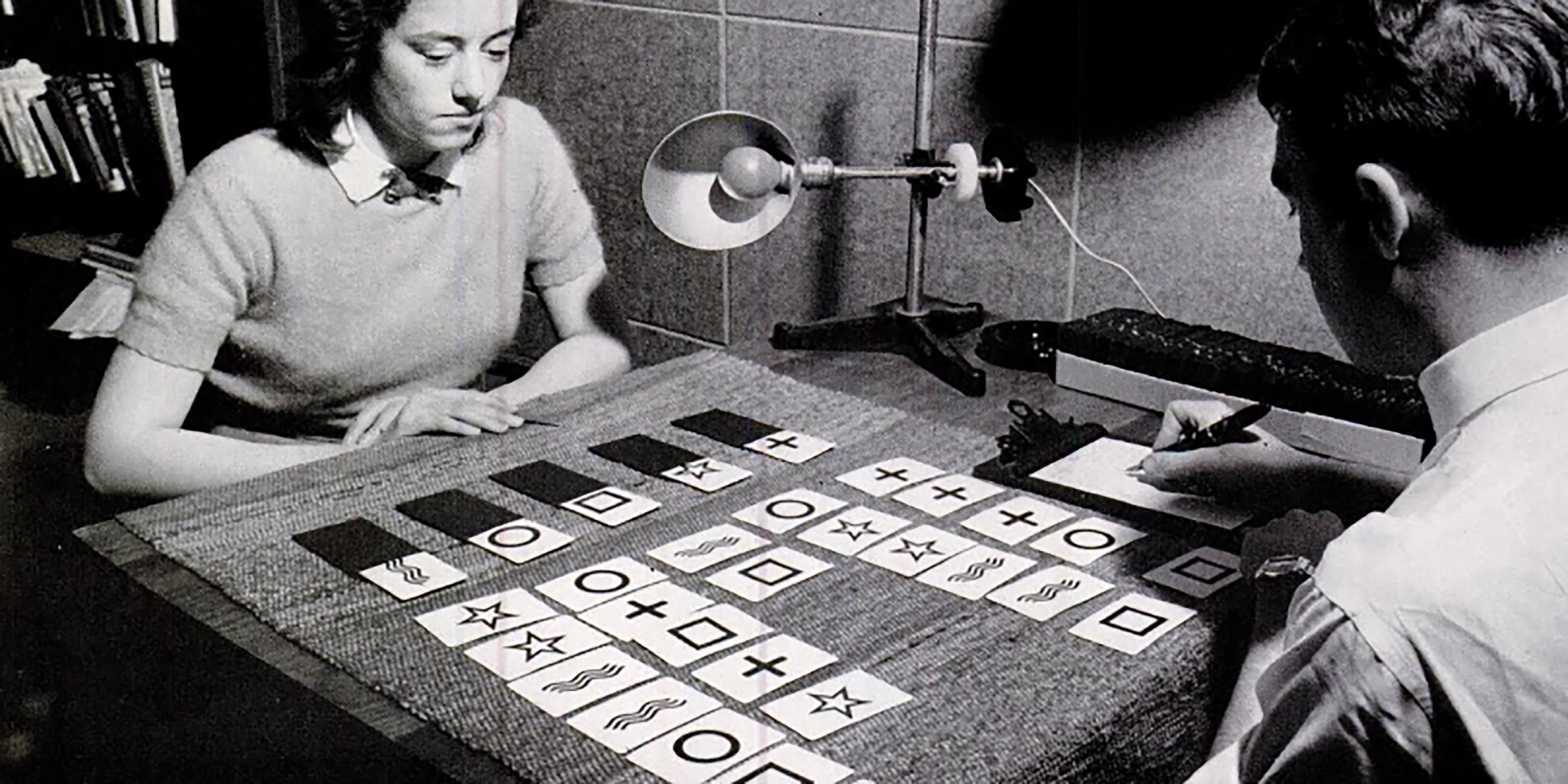Originally published 15 June 1998
In a basement lab of Princeton University’s engineering school, a group of scientists is investigating the powers of mind over matter.
Physicist Robert Jahn is director of Princeton’s Engineering Anomalies Research lab. He is assisted by psychologist Brenda Dunne. They are determined to demonstrate that thought can alter reality.
In a typical experiment, a computer spits out random numbers that average 100. Dunne stares at the computer screen and wills the machine to produce numbers that fall below 100. The numbers average 99.86. Then she restarts the experiment and wills the machine to go high. This time the average is 101.14.
The idea is to show that these results can be obtained consistently, in trial after trial.
In other experiments, a computer controls a beating drum or spouting fountain. The concentrating subject wills the drum to beat faster or the fountain to spout higher.
Jahn and Dunne believe they have demonstrated that mind can effect the outcome of about one in every 10,000 random events. And they believe these results are not subject to the physical proximity of the experimental subjects and the events they seek to control: mind over matter works at a distance.
Needless to say, most scientists scoff at their results, attributing apparent deviations from randomness in their experiments to statistical flukes, experimental error, or bad experimental design.
But don’t tell that to the countless New Age citizens of the Internet, who are quick to jump at the Princeton results to say “I told you so!” For them, mind over matter is a vindication of the human spirit over the ruthless materialism of modern science.
Jahn attributes negative reaction to his work to “scientific stodginess, scientific segregation, and scientific secularity.” In other words, the scientific establishment is stuffed with closed minds.
Maybe yes, maybe no. As in all aspects of science, and especially for extraordinary claims, the work of Jahn and Dunne will stand or fall depending on whether their results can be consistently replicated by skeptics in carefully-controlled, independent experiments. For the moment, it is fair to say that their work teeters dangerously close to pseudoscience.
Which is not to say that Jahn and Dunne are less than serious researchers.
Nearly 400 years ago, Francis Bacon wrote: “What a man would like to be true, he preferentially believes.” And this is the danger that lurks in every search for truth.
Even the most fair-minded observer can be led into error by unconscious or unexamined prejudices. This is particularly true in experiments like those of Jahn and Dunne where the size of the effect being observed is close to the level of random variation.
A good example of how easy it is to go wrong is the work of the astronomer Adriaan van Maanen on the rotation of galaxies.
In the second decade of the 20th century, one of the biggest unanswered questions in astronomy was the distance to the so-called “spiral nebulas”, pinwheel-shaped whirls of stars and gas. Were the spirals inside the Milky Way Galaxy, and therefore relatively nearby and small, or were they far beyond the Milky Way and perhaps as large as our own galaxy?
One way to answer this question was to see if rotational motion could be detected in the spirals. If the spirals are small and nearby, they might appear to rotate more quickly than if they are larger and far away.
Van Maanen looked for rotation by comparing photographs of face-on spirals taken some years apart.
In spiral after spiral he found consistent evidence of rotation, as if the spiral nebulas were unwinding. The star displacements he observed were tiny but apparently real. Since van Maanen was one of the most respected astronomers in the world for this sort of work, his results were widely accepted. His measurements suggested that the spiral nebulas were inside the Milky Way.
It took more than a decade for astronomers to realize that van Maanen’s consistent and convincing measurements were in error. In fact, the spirals are so far away that it was impossible to detect a change in the positions of stars during the intervals used by van Maanen.
So what was the source of his error? The historians of astronomy Richard Berendzen, Richard Hart, and Daniel Seeley have examined the issue, and they ruled out systematic instrumental and computational errors. It seems that van Maanen had a slight personal bias toward believing that the spirals were in rotation, and his results reflected this bias. In other words, while striving for complete objectivity, his measurements were nonetheless affected by his expectations.
One should always be skeptical about experimental results that lie close to the margin of systematic instrumental, computational, or personal errors. All current investigations of “mind over matter” and other paranormal phenomena fall into this category.
That is why such work should be considered with a large grain of salt, at least until it is replicated several times over by skeptical, independent investigators. Science may indeed be “stodgy” and slow to accept revolutionary ideas, but it is that way by design. History has taught us how easy it is to see what we want to see.


